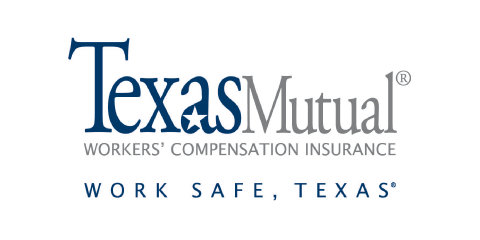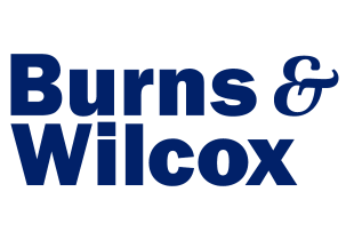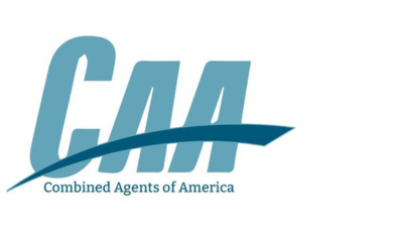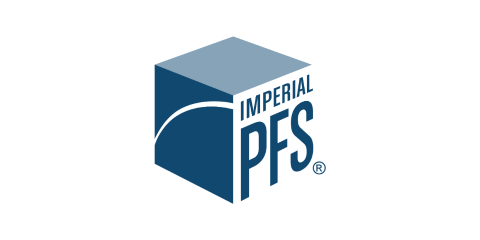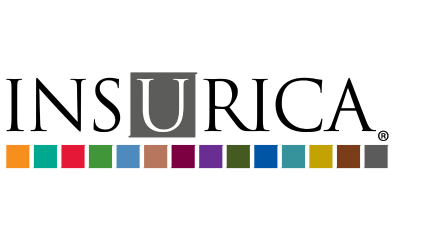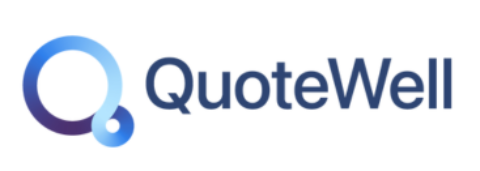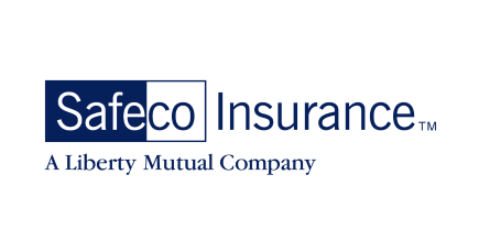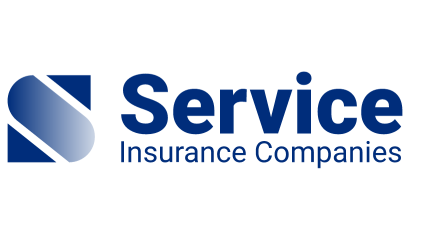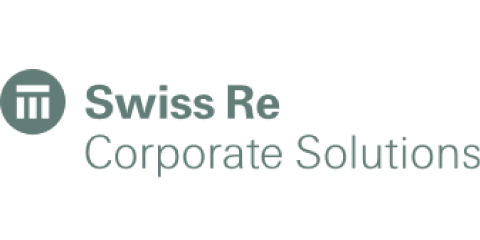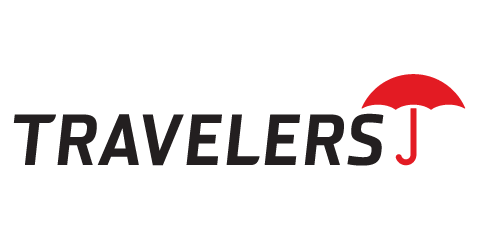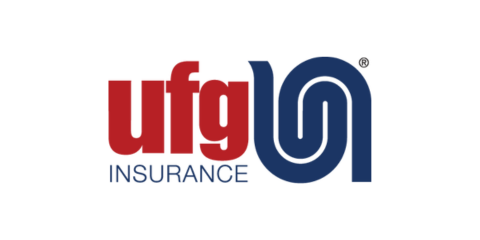Take a look at your E&O policy. If it includes the wording described below or something similar, you may need an E&O makeover.
-
Claims Made-and-Reported
Look for this wording: "This insurance applies to claims for damages only if the claim is reported in writing to us prior to the expiration date of the policy."
This type of policy covers a claim only if the claim is "made" against the agency and reported during the policy period, even if the policy is renewed by the same company. A claim is "made" against the agency when anyone in the agency receives a written demand – a letter from an attorney or a lawsuit – or becomes aware of a situation that may give rise to a claim in the future. The danger here is obvious. If the lawsuit is served the day before the policy expires, there may not be enough time to report it to the carrier. If a letter from an attorney arrives in the mail and is directed to the employee who handles that account, the employee may be reluctant to pass it on to the agency principal. Once the E&O policy expires, it's too late. The preferred wording provides coverage on a "pure" claims made basis, meaning a claim made against you during the policy period is covered as long as it is reported "as soon as practicable."
-
Defense Inside the Limit
Look for this wording: "The limit of liability available to pay damages shall be reduced and may be completely exhausted by payment of claims expenses."
A policy with this wording covers the cost of defending you in court, but those expenses reduce the limit available to pay settlements or judgments against your agency. How important is that? It could be a significant problem, especially if you purchase a limit as low as $1,000,000. Customers of IIAT Insurance Agency have experienced claims expenses in excess of $250,000 on several occasions. In one complicated case, the allegations against the agency involve multiple claimants in a fraudulent scheme related to a nationwide program for insuring large property schedules. The agent was able to get the E&O carrier to use his preferred counsel, one of the most expensive law firms in the nation, to defend seven separate legal actions in a number of states. The carrier paid more than $10 million in legal fees. In another case, the E&O carrier paid $954,000 to defend an agency named in a class action lawsuit against a number of agencies and other defendants. The allegations involved mobile home insurance sales practices. An IIAT policyholder was involved in a lawsuit brought by a former customer demanding millions for loss of income and reputation when a bonding company pulled the plug on his bonding line. He refused to settle for any amount of money less than his demand, and the E&O carrier spent more than $300,000 to take depositions and file motions. These cases all involve E&O policyholders with defense costs provided outside their limit of liability. Imagine how these situations could escalate from mere annoyance to something much worse if their policy limits were eroded or wiped out by defense costs. The preferred wording to look for in your policy will clearly indicate that defense costs are covered in addition to the limit of liability.
-
Company Insolvency Exclusion
Look for this wording: "The coverage under this policy does not apply to any claim based upon, or arising out of, or related to, directly or indirectly, the insolvency, liquidation, receivership, rehabilitation, bankruptcy, or financial inability or refusal to pay, of any organization, including but not limited to the insured or any insurance company, reinsurer, self-insured program, trust, risk retention group, or risk purchasing group."
Virtually all E&O carriers place some type of insurer exclusion on their policies, either in the exclusions section of the basic form or by endorsement. E&O carriers have come to the conclusion that an agent's selection of insurers to represent and place business with is wholly within the agent's control. If the agent places business with a company that has a poor financial rating or no rating at all, E&O carriers believe it is a risk that the agent has assumed. However, the exclusions vary significantly from one insurer to another. Some policies exclude any E&O claim arising out of placement with a low-rated or unrated insurer, even if the insurer is solvent. You need to take a look at your own policy, or any prospective policy, to determine the exact scope of the insurer exclusion. Ask the following questions. (1) What is the Best rating threshold for application of the exclusion? Some exclusions apply if the insurer is rated less than "B" while others apply a threshold as high as "A-." (2) Does the exclusion apply to claims arising out of placement with such a carrier (a) whether it is insolvent or not (worst) or, (b) when it becomes insolvent, even if the claim against the agency does not arise out of the insolvency (bad), or (c) the insurer's inability to pay a claim due to insolvency (better)? (3) Does the exclusion apply even if the insurer had a favorable rating at the time of placement but later became insolvent (bad), or only if the insurer's rating didn't meet the threshold at the time the policy was placed (better)? (4) Are there any other exceptions to the exclusion? In addition to a Best-rating threshold, many E&O policies include an exception for insurers protected by a state guaranty fund.
-
No aggregate deductible
Look for an aggregate deductible in the declarations or policy form.
In a typical year, IIAT Insurance Agency handles one E&O claim or incident for every four agents insured by the program. Truly, most agents won't report a claim or incident during any four-year period while some agents are reporting more than one. One Texas agency was served with eight lawsuits arising out of Hurricane Ike. Granted, the agency is located in a high-risk hurricane area, but no Texas agency is immune from the possibility of a local catastrophe – hurricane, tornado, hail or flood – that could produce multiple E&O claims. With each reported claim, an agency is faced with the possibility of paying its deductible, either to defense attorneys to defend the agency or to the claimant should the E&O carrier decide to settle the claim or lose the case in court. If the agency reports multiple claims during the policy period, multiple deductibles may be incurred. That's why most "standard" E&O carriers offer an aggregate annual deductible option, typically two or three times the per-claim deductible. Such an option always comes with a higher premium, but the peace of mind that goes with an aggregate deductible is worth it. With an aggregate deductible, an agent always know the maximum amount that he or she will have to pay during a policy period even if the agency reports multiple claims. The agency is able to set aside at least a portion of the aggregate deductible in reserve "just in case." If your E&O policy doesn't contain an aggregate deductible, ask your E&O agent or carrier if one is available. If not, ask for alternate quotes from other markets the next time your policy is up for renewal.
-
No coverage for punitive or multiplied damages
Look for: "Damages means a monetary judgment, award or settlement, but shall not include any punitive or exemplary damages, or any multiplied portion of any multiplied damages award," or a specific exclusion in the exclusions section for punitive and multiplied damages, or an exclusion for "fines and penalties."
In Texas, punitive damages may be awarded in cases where there is evidence of fraud, malice or gross negligence. Multiplied damages are statutory penalties allowed under the Deceptive Trade Practices Act and the deceptive practices section of the Insurance Code. While we are not aware of any final award of punitive or multiplied damages against an insurance agent in Texas, virtually every lawsuit against agents demands such damages.
We have seen these damages awarded by juries. For example, in one case, an agent failed to place a CGL policy for a contractor and failed to advise the customer no CGL coverage was in force. The contractor sued the agent for negligence and also demanded additional damages for violations of the Deceptive Trade Practices Act. The jury awarded damages against the agent of $175,000 for negligence, actual damages of $200,000 under the DTPA, and additional damages of $300,000 for knowingly violating the DTPA. The trial court judge granted the E&O carrier's motion to reject the jury's decision and rendered judgment in favor of the agent. The contractor appealed this decision and it was overturned by the Houston Court of Appeals but ultimately upheld by the Texas Supreme Court. The E&O carrier spent more than $135,000 to defend the case all the way to the Supreme Court in order to obtain a favorable decision. The agent's failure to procure a CGL policy complicated and extended this case, and his failure to disclose that fact to the customer in a timely manner exposed him to multiplied damages under Texas consumer protection laws. The next agency facing a similar claim may not be so lucky or well-defended. If your E&O policy excludes punitive or multiplied damages, ask your E&O agent or carrier if coverage is available. If not, ask for alternate quotes from other markets the next time your policy is up for renewal.
-
Defense costs subject to the deductible
Look for: "The deductible amount stated in the declarations shall be satisfied by payments by the insured for damages and claims expenses resulting from all claims."
Deductibles on insurance agent E&O policies come in different types and sizes. There are two types of deductibles available from most E&O providers. One type is the first-dollar-defense (FD) deductible, where the deductible applies only to actual paid claims, so the agency pays nothing until the claim is settled or a judgment is rendered. The other deductible type applies the deductible to defense costs, as well as actual paid claims, and is called the defense-and-loss (DL) deductible. If the agency is sued and the E&O insurer hires an attorney to defend the lawsuit, the agency will pay the attorney's fees up to the amount of the deductible. In most cases, the attorney will bill the agency soon after the claim is reported, as he or she sets up a file, interviews agency personnel and answers the lawsuit. If the deductible is not fully paid by the time the claim is settled, then the balance of the deductible is applied to the settlement amount. With this type of deductible, the agency pays something even if the lawsuit is totally without merit and eventually thrown out.
Your E&O premium is affected by the type of deductible you select. An FD deductible is more expensive than a DL deductible.
If your E&O policy applies the deductible to defense costs, ask your E&O agent or carrier if first-dollar-defense coverage is available. If not, ask for alternate quotes from other markets the next time your policy is up for renewal.
-
Absolute pollution and mold exclusions
Look for: "The coverage under this policy does not apply to any claim based upon, or arising out of, or related to, directly or indirectly the actual, alleged or threatened discharge, dispersal, release or escape of pollutants (including mold)."
Some agent E&O policies contain exclusions that may look relatively harmless – until you read them carefully and understand exactly what is being excluded. Take mold and pollution exclusions for example. If you have a pollution or mold exclusion on your E&O policy, you might think the insurer wants only to exclude pollution or mold claims directly attributable to your agency premises or operations. Think again. If one of your customers experiences an uncovered claim of this type and sues your agency, alleging that you failed to procure adequate insurance to cover the claim, your E&O policy may not step in to defend you. This is obviously not a good thing.
At least one court upheld an absolute pollution exclusion to the detriment of a liability policyholder. In National Union Fire Ins. Co. vs. U.S. Liquids, Inc., et al, the federal Fifth Circuit Court of Appeals considered a Texas case involving the pollution exclusion in a D&O policy that contained the same broad lead-in language displayed above. USL directors were sued by shareholders, who accused them of intentional and negligent breach of their fiduciary duties in causing USL to violate federal environmental and securities laws, and to inflate earnings by knowingly engaging in illegal toxic waste disposal. National Union declined to defend the claims and the directors sued the company. The directors argued that the explicit grant of coverage in the D&O policy for securities claims would be rendered meaningless by reading the pollution exclusion to apply. (This would be equivalent to coverage provided in an E&O policy for an insurance agent's failure to offer coverage, but such coverage being denied because of a pollution exclusion.) The insurance company answered that all of the claims made against the directors had one genesis – pollution – and therefore fell squarely within the scope of the pollution exclusion. The court agreed.
If your E&O policy contains a pollution exclusion and is written through a surplus lines company because you were unable to obtain coverage through a "standard" E&O carrier, there may be nothing you can do about this. But if you purchased the policy because the price was cheap, you should take a closer look at one of the standard carriers on your next renewal.
-
Aggregate limit same as per-claim limit
Look at the limits on the declarations page. Is the aggregate limit the same as the per-claim limit?
If the aggregate limit on your E&O policy is the same as the per-claim limit, you run the risk of running out of insurance. When an agency gets sued, it may take years for the case to proceed through discovery, trial and appeals. In one case reported to IIAT, a Texas agent was sued in 2005 for failing to procure proper coverage for a restaurant. The agent tendered the lawsuit to his E&O carrier under the 2005 policy period. The jury awarded a large judgment against the agent and the agent's E&O carrier took the case through the appeals process. The Court of Appeals upheld the judgment, and the E&O carrier appealed to the Texas Supreme Court, which ended the case in 2009 by refusing to review the lower court's decision. The carrier paid slightly over $1 million in damages and pre- and post-judgment interest.
For the purpose of this article, let's assume the agent's E&O policy provided limits of $1 million per claim and $1 million aggregate, and let's assume another claim was filed against the agent's policy during the 2005 policy period. The second claim was a slam-dunk error on the agent's part and the E&O carrier paid $250,000 to settle the claim within a few months after the claim was reported. That would leave only $750,000 remaining on the policy aggregate limit. When it came time to pay the court judgment against the agent in 2009, the E&O carrier would have written a check for $750,000. The agent would have been forced to pay the remaining $250,000 out of his own assets.
While the second part of this story is fiction, it could happen to you. That's why it's a good idea to carry an aggregate limit that is higher than the per-claim limit. Most E&O carriers offer a higher aggregate limit and the cost is not as much as you might think.
If your E&O policy provides an aggregate limit that is the same as the per-claim limit, ask your agent or carrier if a higher aggregate limit is available and if so how much it will cost to increase the aggregate limit to two or three times the per-claim limit.
-
Exclude claims or incidents known at inception by any insured (including an employee)
Look for: "The coverage under this policy does not apply to any claim based on acts, errors or omissions that took place prior to the effective date of this policy, if any insured knew or could have reasonably foreseen that such acts, errors or omissions might be expected to be the basis of a claim."
Agents sometimes switch E&O carriers for one reason or another, but doing so may expose an agency to uninsured losses. The E&O carrier wants to be sure that it won't be asked to cover a claim that has already occurred and is known to the insured. To avoid that possibility, most E&O policies contain "prior knowledge" exclusions. These exclusions differ from one policy to another with significantly different potential outcomes.
One E&O policy excludes a claim made during each policy period if any insured knew, prior to the inception of the policy, about the incident that causes the claim. For example, if one of your employees made a mistake last year and was afraid to tell you about it, and if that mistake were to result in a claim against your agency this year, the claim may be excluded. This provision requires that you consider one of the following two actions before switching to this policy and at each renewal: (1) ask each owner, officer and employee if he or she is aware of any incident that could give rise to a claim, and trust that they are telling the truth; or (2) purchase the extended reporting provision on the expiring policy.
Other E&O policies contain prior knowledge exclusions that are less restrictive. A majority of policies only apply the exclusion to the first policy purchased with the carrier as a new policyholder. For example, one policy excludes claims made against the agency only if an owner, partner or officer knew about the incident prior to the inception of the first policy written by that company. Another policy excludes claims if "the insured" does not have actual or constructive knowledge of any circumstances or wrongful act which could reasonably be expected to result in a claim." Reference to "the insured" means the exclusion would only apply to the person who knew about the incident and not other persons who did not. If your E&O policy excludes claims or incidents known by "any insured," especially if the exclusion applies at each renewal, it might be a good time to find another carrier with a less restrictive exclusion.
-
Exclude dishonest acts with no exception for "innocent insureds"
Look for: "This policy does not apply to any claim or claim expenses based upon or arising out of any intentional, willful, criminal, fraudulent, malicious, or dishonest act or omission by any insured."
Agents E&O policies contain exclusions that may look the same from one policy to the other, but the exclusions must be read carefully to determine their exact extent. One example is the provision that excludes claims arising out of dishonest acts. Does it exclude all claims arising out of dishonest acts by any insured? Or is it limited to claims against one insured for that insured's dishonest acts, while preserving coverage for so-called "innocent insureds." The distinction is important. Consider for example the case of a CSR who steals an insured's premium and fails to order a policy. If a claim occurs that would have been covered by the non-existent policy, you can be sure the customer will make a demand against the agency. An E&O policy that excludes all claims arising out of any dishonest act may not respond to pay the claim against the agency. When reviewing your E&O policy, look for an exception to the dishonest acts exclusion similar to this one: "This exclusion does not apply to insureds who do not personally participate in or ratify the act and who notify us once the act has been discovered." The dishonesty exclusion in another policy contains this exception: "This exclusion applies only to the insured who participated in, acted with knowledge of, or acquiesced to such conduct." If your E&O policy doesn't provide a similar exception to the dishonesty exclusion, it might be a good time to find another carrier with a less restrictive exclusion.

